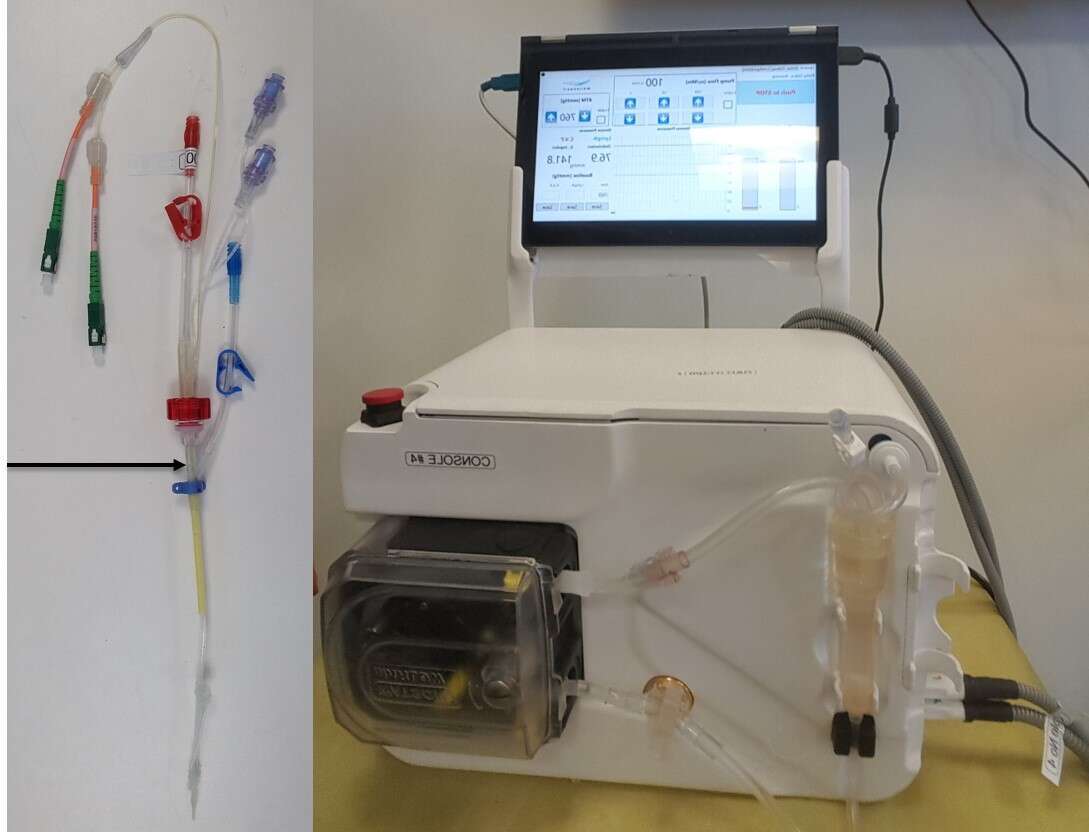
FIH Experience with a Novel Venous Catheter Device for Treatment of ADHF Patients Enhancement of Lymphatic Drainage for Decongestion of Fluid Overloaded Patients
FIH experience with a novel venous catheter device for treatment of ADHF patients:
Enhancement of lymphatic drainage for decongestion of fluid overloaded patients
Congestion is the single most important symptom of HF decompensation leading to admission. Most of the patients present elevated right and left filling pressures leading to excessive flow of fluids from intravascular to interstitial compartments. Without adequate backwards drainage, edema is formed.
The first line of therapy, diuretics, are targeted to remove fluids from the intravascular attempting to reduce pressure in capillaries thus promote backwards fluid shift from interstitial compartment. Lack of correlation between diuresis dosage and capillaries pressure drop may lead to intravascular volume depletion (hypotension) and WRF. Over 50% of ADHF patients are discharged without complete decongestion even following prolonged length of stay.
The lymphatic system is responsible for 30% of normal interstitial fluids return to intravascular compartment. In HF, lymphatic system can increase its drainage by 10 folds, however due to the elevated CVP overall return is impeded.
Whiteswell developed a venous catheter based device to locally reduce lymphatic system outflow pressure thus enable direct fluid shift from interstitial to intravascular compartment. Eliminating the need to first reduce the intravascular pressure and in conjunction with current therapy it is hypothesized that patients will decongest better and without WRF.
The device is approved by the FDA for EFS in USA and by MOH in Israel. 6 ADHF patients were successfully treated up to date.

Powered by Eventact EMS